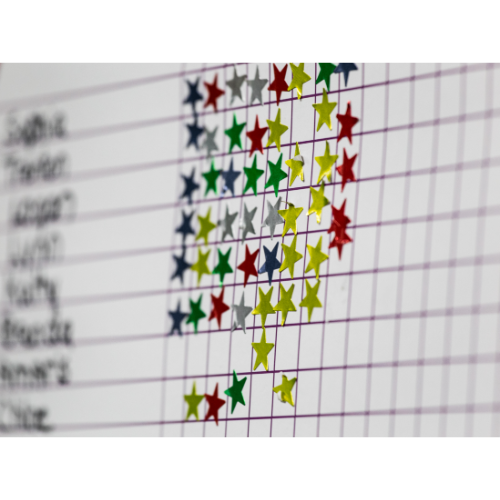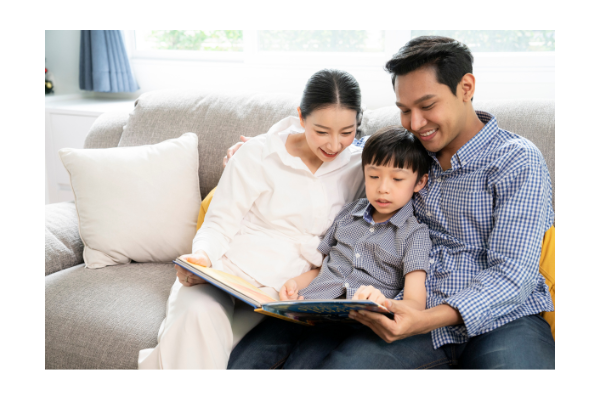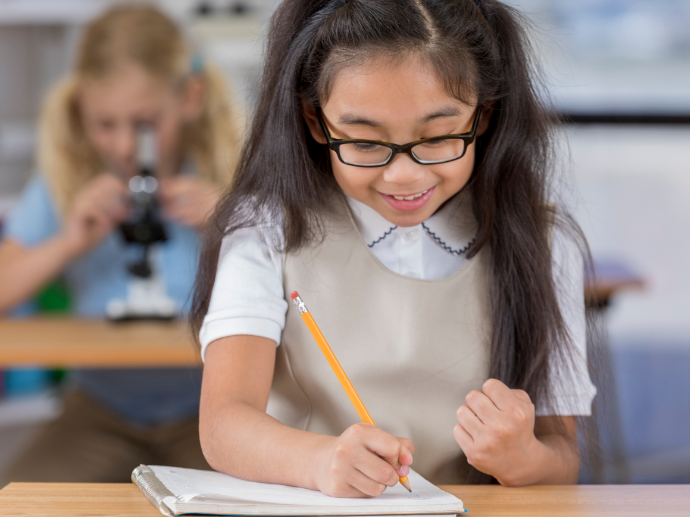Unlocking the Power of Behavior Charts: 5 Easy Steps to Creating A Fun and Effective Behavior Chart
A behavior chart is a strategy that helps change or encourage a child’s behavior. There are many different types of behavior charts, ranging from simple to complex.
By focusing on and rewarding desired behaviors, we can help children develop new habits and skills. Positive reinforcement boosts can boost children’s self-esteem and motivate them to continue practicing positive actions and behaviors.
The fun thing about behavior charts is that they provide a visual representation of progress and achievement. This makes it easier for children to track their own growth.
When children see their successes on the chart, it builds a sense of pride and encourages them to strive for further improvement (just like us adults!).








